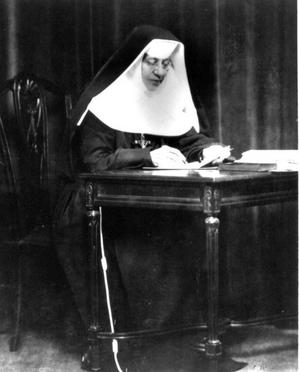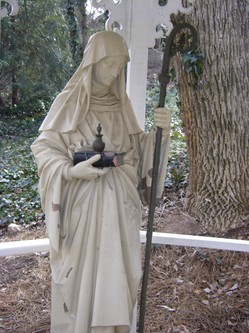 God our Father, You sent Saint Patrick to preach Your glory to the people of Ireland. By the help of his prayers, may all Christians proclaim Your love to all men.
God our Father, You sent Saint Patrick to preach Your glory to the people of Ireland. By the help of his prayers, may all Christians proclaim Your love to all men.
Saint Patrick’s Breast-Plate
(or “Lorica”)
I bind to myself today
The strong virtue of the Invocation of the Trinity:
I believe the Trinity in the Unity
The Creator of the Universe.
I bind to myself today
The virtue of the Incarnation of Christ with His Baptism,
The virtue of His crucifixion with His burial,
The virtue of His Resurrection with His Ascension,
The virtue of His coming on the Judgment Day.
I bind to myself today
The virtue of the love of seraphim,
In the obedience of angels,
In the hope of resurrection unto reward,
In prayers of Patriarchs,
In predictions of Prophets,
In preaching of Apostles,
In faith of Confessors,
In purity of holy Virgins,
In deeds of righteous men.
I bind to myself today
The power of Heaven,
The light of the sun,
The brightness of the moon,
The splendor of fire,
The flashing of lightning,
The swiftness of wind,
The depth of sea,
The stability of earth,
The compactness of rocks.
I bind to myself today
God’s power to guide me,
God’s Might to uphold me,
God’s Wisdom to teach me,
God’s Eye to watch over me,
God’s Ear to hear me,
God’s Word to give me speech,
God’s Hand to guide me,
God’s Way to lie before me,
God’s Shield to shelter me,
God’s Host to secure me,
Against the snares of demons,
Against the seduction of vices,
Against the lust of nature,
Against everyone who meditates injury to me,
Whether far or near,
Whether few or with many.
I invoke to-day all these virtues
Against every hostile merciless power
Which may assail my body and my soul,
Against the incantations of false prophets,
Against the black laws of heathenism,
Against the false laws of heresy,
Against the deceits of idolatry,
Against the spells of women, and smiths, and druids,
Against every knowledge that binds the soul of man.
Christ, protect me today
Against every poison, against burning,
Against drowning, against death-wound,
That I may receive abundant reward.
Christ with me, Christ before me,
Christ behind me, Christ within me,
Christ beneath me, Christ above me,
Christ at my right, Christ at my left,
Christ in the fort,
Christ in the chariot seat,
Christ on the deck,
Christ in the heart of everyone who thinks of me,
Christ in the mouth of everyone who speaks to me,
Christ in every eye that sees me,
Christ in every ear that hears me.
 I bind to myself today
I bind to myself today
The strong virtue of an invocation of the Trinity.
I believe the Trinity in the Unity,
The Creator of the Universe.
(This prayer is believed to have been composed by Saint Patrick in preparation for this victory over paganism. The saint died on this day in 493)
 The Lord led the just in right paths. And showed him the
The Lord led the just in right paths. And showed him the 



 The outline of Katharine Drexel’s life is:
The outline of Katharine Drexel’s life is:

